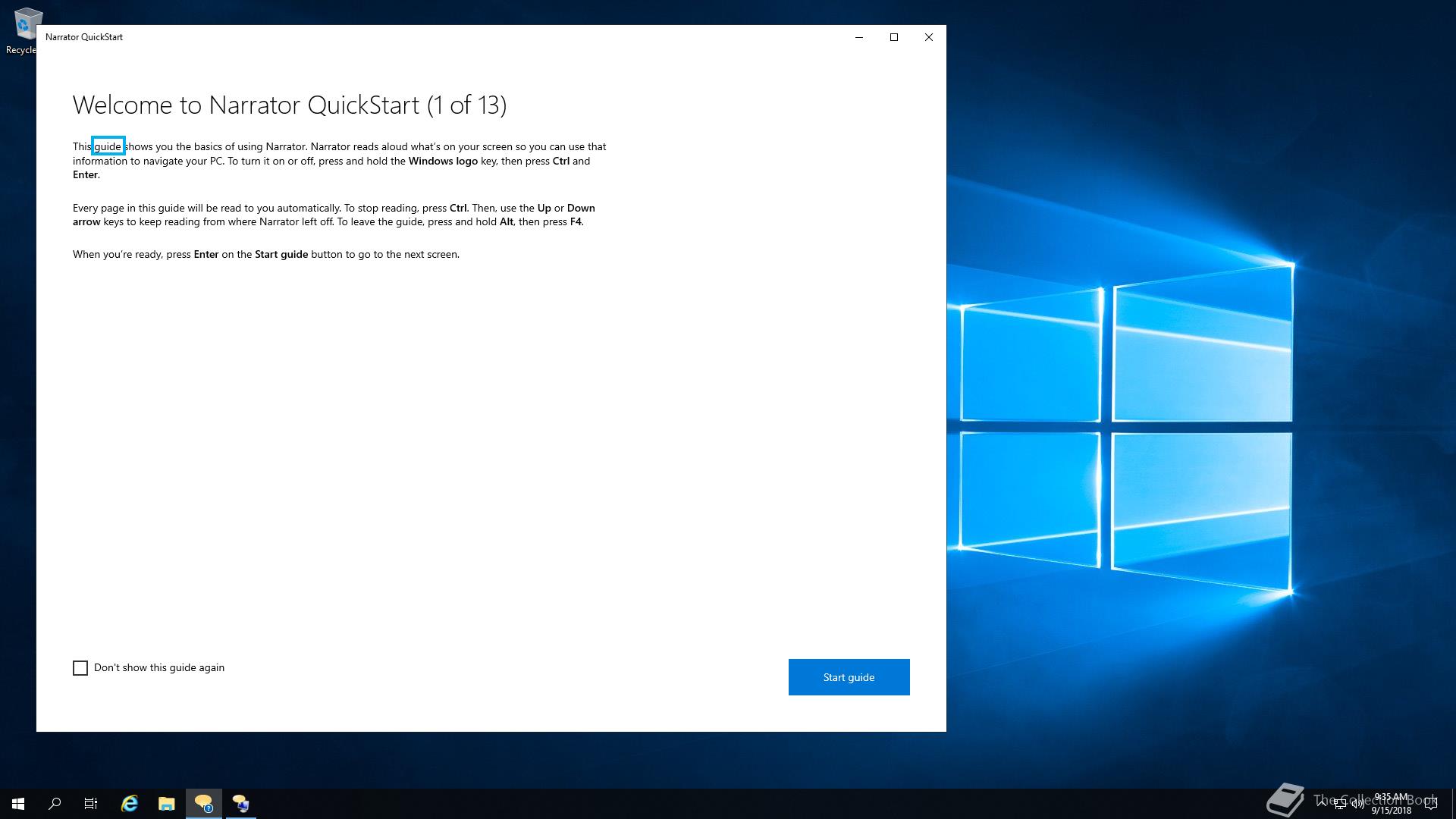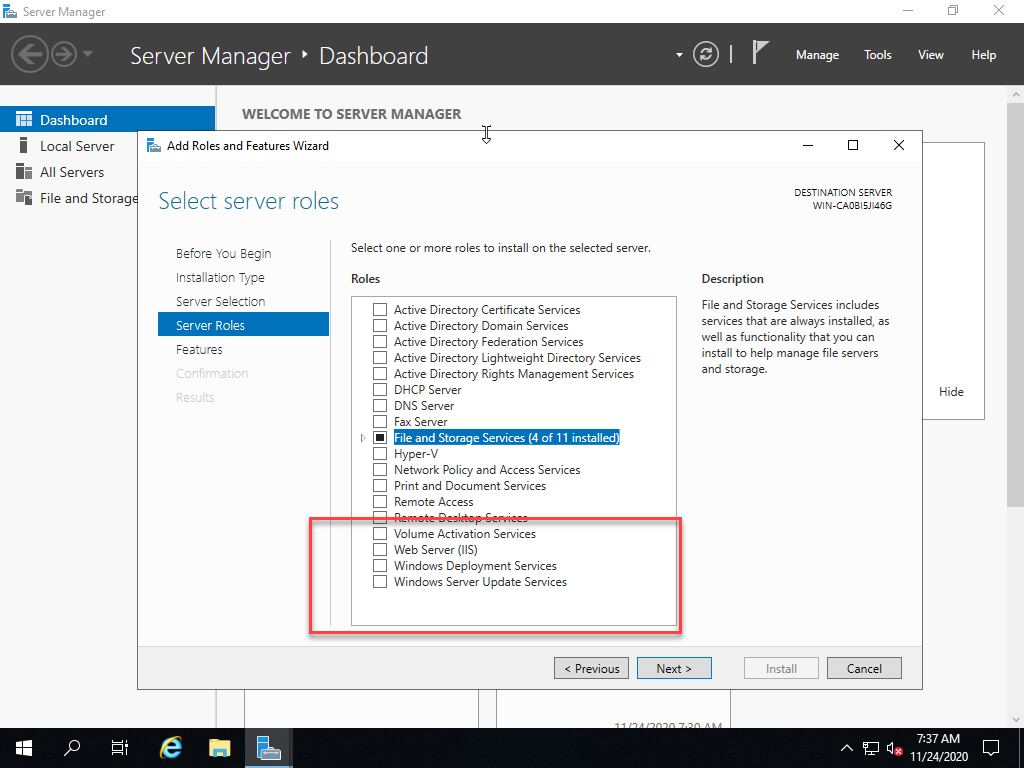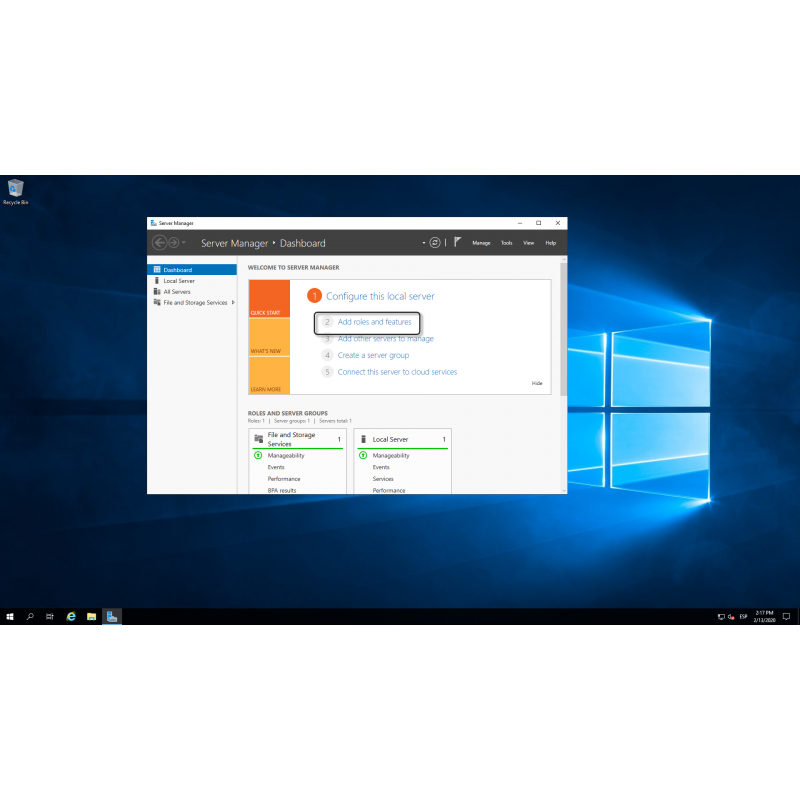

But most of what was in Essentials 2016 can be achieved using the cloud. Primarily RWA, which allowed users to access files, folders, and desktops remotely, and Client PC Backup, which could restore files and folders, or a perform a full system restore.

Some small businesses are lamenting the loss of features in Windows Server 2019 Essentials. And like Windows Server 2016 Essentials, a single license includes Client Access Licenses (CAL) for 25 users and 50 devices at a lower price than Standard edition, and the ability to run apps and infrastructure services like file and print sharing.


That means no Office 365 password sync, Client PC Backup, Remote Web Access (RWA), or the connector that made it easy to join devices to the domain and set up File History.īut it is still possible to use Windows Server 2019 Essentials as an Active Directory (AD) domain controller, although like previous versions, it must be the only domain controller in the domain, host all the Flexible Single Master Operations (FSMO) roles, and it cannot have any two-way trusts with other AD domains. The management dashboard, and the features that were integrated into it, is gone and has been replaced by the Windows Admin Center (WAC). And while we still get Essentials this time round, most of the features that made it unique have been stripped out. Therefore, it should come as no surprise that while there is an Essentials edition of Windows Server 2019, Microsoft has stated that it is very likely to be the last. And when Windows 10 version 1803 was released earlier this year, Microsoft said that the Windows Server Essentials Experience server role was no longer being developed for Standard and Datacenter editions of Windows Server and that organizations should look at Microsoft 365 for Business or use Windows Server 2016 Essentials. Considering Microsoft’s push towards the cloud and subscription services, it seemed a likely outcome. Microsoft had made so little noise about the Essentials edition of Windows Server 2019 that until an announcement was made on the Windows Server blog at the beginning of September, I wondered whether Windows Server 2016 Essentials would be the last.


 0 kommentar(er)
0 kommentar(er)
